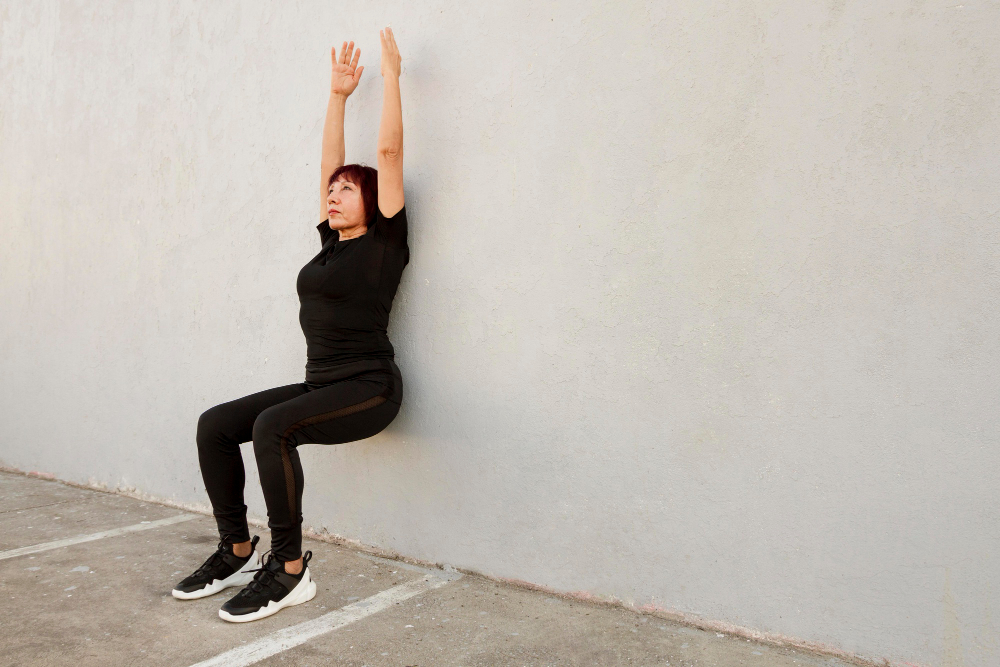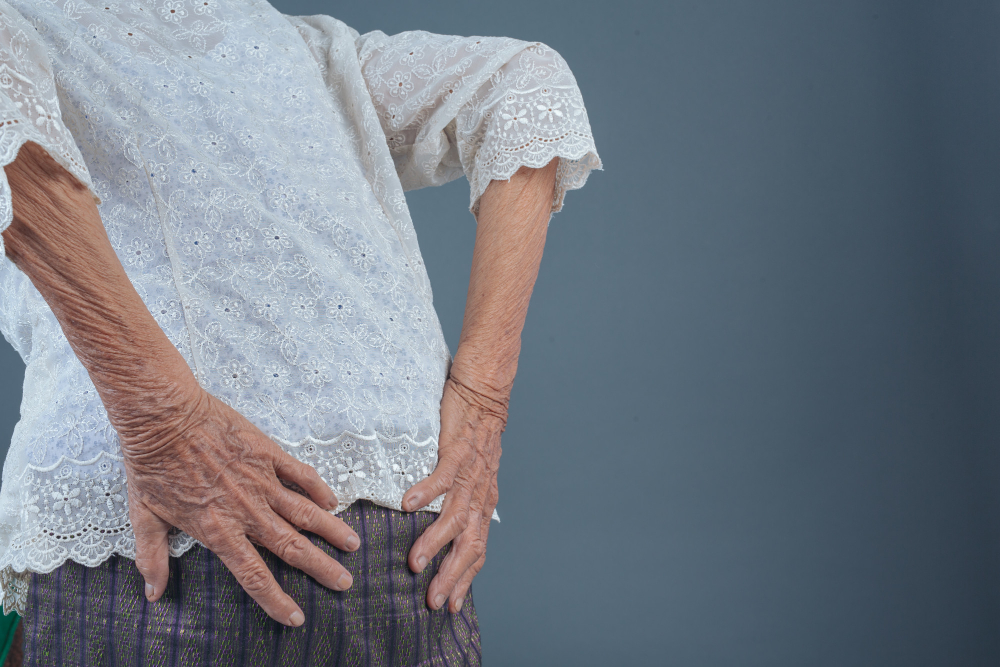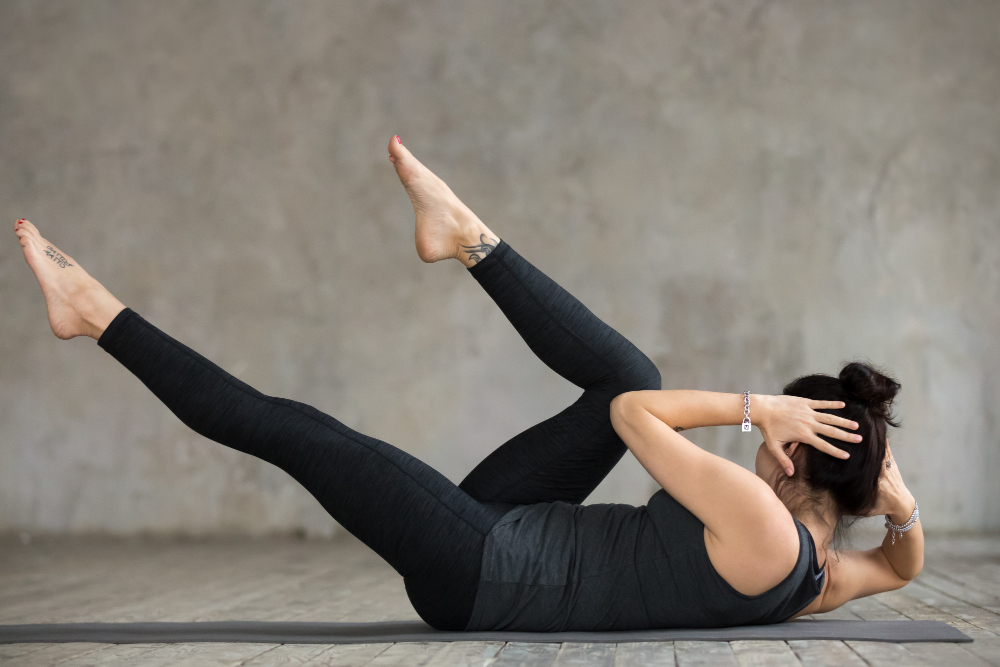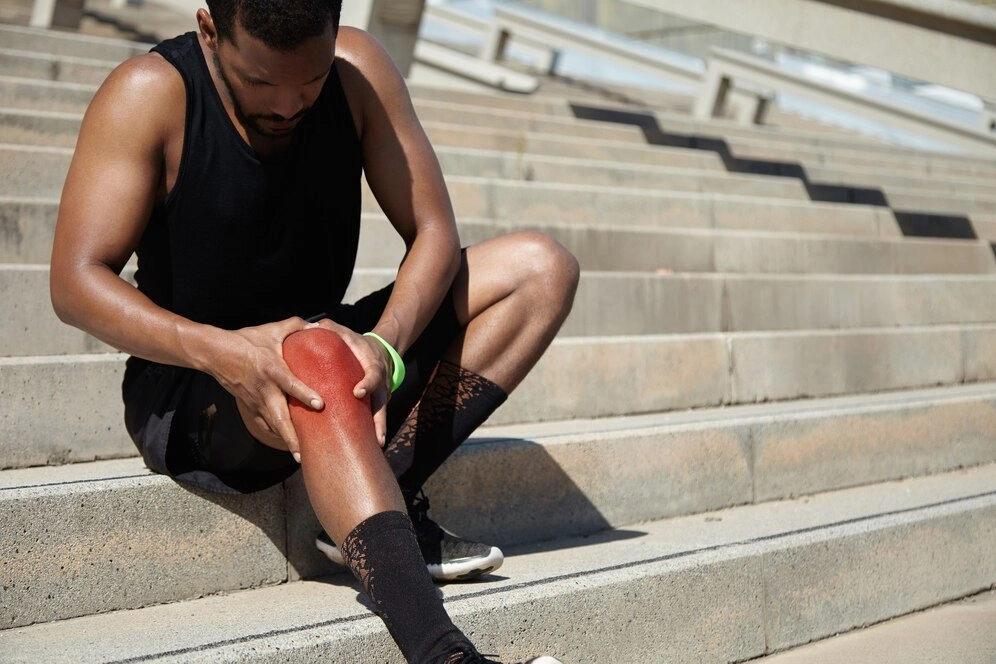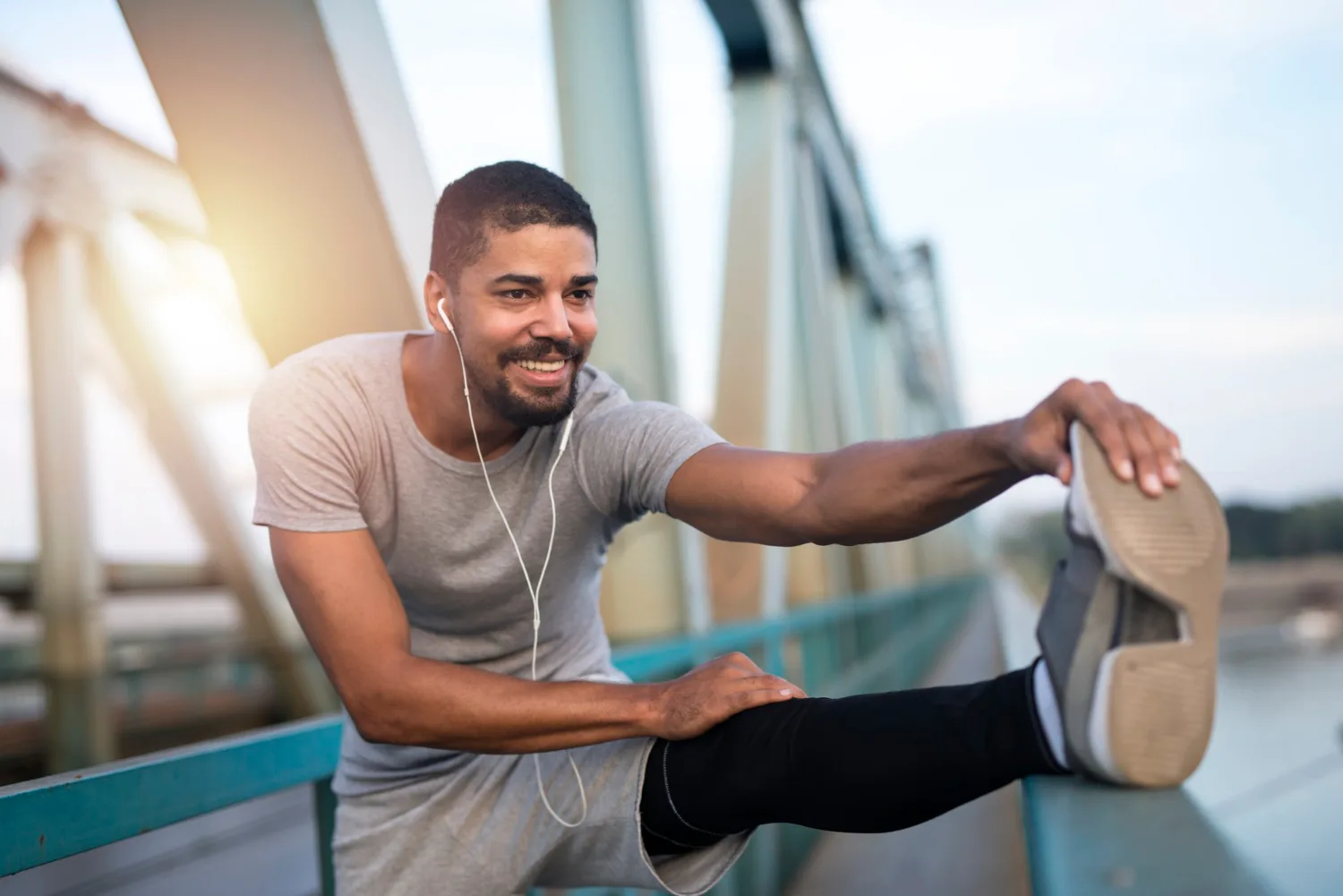Exercises For Strengthening Your Knees Post-Surgery
Category: Orthopedics
Recovering from knee surgery can be a challenging but rewarding process. Whether you’ve undergone a knee replacement, ligament repair, or meniscus surgery, strengthening the knee is a crucial step in regaining mobility and reducing the risk of further injury. At Lokmanya Hospital, we are committed to providing comprehensive care for knee surgery patients.
The Importance Of Post-Surgery Knee Strengthening
After knee surgery, the muscles around the joint, particularly the quadriceps, hamstrings, and calf muscles, may weaken due to immobility, pain, or disuse. Weak muscles around the knee joint can lead to instability, reduced range of motion, and difficulty with daily activities like walking, standing, or climbing stairs. By engaging in a consistent and progressive exercise routine, you can rebuild muscle strength, improve joint stability, and promote faster healing.
When To Start Exercises After Knee Surgery
It’s crucial to start knee rehabilitation exercises only once your doctor or physical therapist has given you the go-ahead. The timeline for beginning exercises can vary depending on the type of surgery you had and your individual recovery progress.
In most cases, rehabilitation will begin with gentle, non-weight-bearing exercises and progress as your strength and mobility improve. Always consult with your healthcare provider to ensure you’re performing exercises appropriate for your specific situation and recovery stage.
Types Of Exercises For Strengthening Knees Post-Surgery
Always start slowly, listen to your body, and avoid any exercises that cause pain or discomfort.
1. Quadriceps Sets
The quadriceps are the muscles at the front of your thigh that play a significant role in stabilizing the knee joint.
How to perform:
- Sit or lie down with your leg straight out in front of you.
- Tighten the muscles on the top of your thigh (quadriceps) by pressing the back of your knee down toward the floor.
- Hold for 5 seconds, then relax.
- Perform 10–15 repetitions, 2–3 times per day.
This exercise helps to activate the quadriceps and restore normal muscle function around the knee.
2. Straight Leg Raises
Straight leg raises are an excellent way to strengthen the quadriceps and hip flexors without putting pressure on the knee.
How to perform:
- Lie flat on your back with one leg bent and the other straight.
- Tighten the muscles on the top of your thigh of the straight leg and lift it slowly to about the height of the opposite knee.
- Hold for a few seconds, then lower the leg back down.
- Perform 10–15 repetitions on each leg, 2–3 times per day.
Straight leg raises target the quadriceps and can help restore knee stability without straining the joint.
3. Hamstring Curls
The hamstrings are the muscles located at the back of your thigh and play a key role in knee stability.
How to perform:
- Stand holding onto a stable surface like a chair or countertop for support.
- Slowly bend your knee, bringing your foot toward your buttocks.
- Hold for a few seconds, then slowly lower the leg back down.
- Perform 10–15 repetitions on each leg, 2–3 times per day.
This exercise strengthens the hamstrings, which is essential for maintaining knee strength and stability.
4. Calf Raises
Calf raises are an effective exercise for strengthening the muscles in your calves and improving the range of motion of the knee joint.
How to perform:
- Stand with your feet hip-width apart and hold onto a chair or wall for support.
- Slowly raise your heels off the ground as high as possible, balancing on the balls of your feet.
- Hold for a few seconds, then lower your heels back to the ground.
- Perform 10–15 repetitions, 2–3 times per day.
Calf raises not only help improve knee function but also work the calf muscles, improving overall lower limb strength.
5. Step-Ups
Step-ups are a functional exercise that mimics real-world movements, like climbing stairs, and helps improve knee strength, balance, and coordination.
How to perform:
- Stand in front of a low step or platform.
- Step up with one leg, bringing the other leg up to meet it.
- Slowly step back down with one leg, followed by the other leg.
- Perform 10–15 repetitions on each leg, 2–3 times per day.
Step-ups are excellent for building strength in the quadriceps and hamstrings while improving your ability to perform daily activities.
6. Wall Sits
Wall sits are a great exercise to strengthen your quadriceps and lower body while also improving endurance.
How to perform:
- Stand with your back against a wall, feet shoulder-width apart.
- Slowly slide down the wall until your knees are at a 90-degree angle.
- Hold the position for 10–30 seconds, then slowly slide back up.
- Perform 5–10 repetitions, 2–3 times per day.
7. Lunges
Lunges are a great way to strengthen the entire lower body and improve knee function.
How to perform:
- Stand with your feet shoulder-width apart.
- Step forward with one leg, lowering your hips to create a 90-degree angle at both knees.
- Push back up to the starting position, then repeat on the other leg.
- Perform 8–12 repetitions on each leg, 2–3 times per day.
Lunges target the quadriceps, hamstrings, and glutes, helping to improve balance, coordination, and strength around the knee.
Tips for Successful Knee Rehabilitation
- Start Slowly: Gradually increase the intensity and duration of exercises as your knee gets stronger. Avoid rushing the process to prevent overloading the joint.
- Listen to Your Body: Mild discomfort is normal during rehab, but stop any exercise that causes sharp or intense pain. Consult your doctor or physical therapist if you have concerns.
- Stay Consistent: Consistency is key to rebuilding strength and range of motion. Stick to your rehabilitation schedule, and make exercise a daily habit.
- Use Ice and Elevation: After completing your exercises, apply ice to the knee for 15-20 minutes to reduce swelling and inflammation. Elevating the leg also helps to minimize swelling.
- Wear Proper Support: Depending on your recovery, your doctor might recommend wearing a knee brace or compression sleeve to support the joint during exercises.
Why Choose Lokmanya Hospital for Knee Surgery Rehabilitation?
At Lokmanya Hospital, our team of experienced orthopedic surgeons, physical therapists, and rehabilitation specialists work closely with each patient to design a personalized recovery plan that aligns with their unique needs and goals.
We offer state-of-the-art facilities, including advanced diagnostic tools and rehabilitation equipment, to ensure a seamless recovery process. Our team will guide you every step of the way, from post-surgery care to strengthening exercises, ensuring that you return to your regular activities as quickly and safely as possible.
Conclusion
Strengthening your knees after surgery is an essential part of the recovery process. By incorporating a combination of targeted exercises, a nutritious diet, and proper care, you can significantly improve the strength, flexibility, and stability of your knee joint. Always follow your healthcare provider’s advice, be patient with your progress, and remain consistent with your rehabilitation exercises. With the right approach, you’ll be back to your normal activities in no time.
FAQ’s
- How long does it take to fully recover from knee surgery?
Recovery varies, but typically it takes 6 to 12 weeks for significant improvement. Full recovery may take several months, depending on surgery type and individual healing.
- Can I drive after knee surgery?
You can drive once you regain full knee function and are off pain medications. It depends on your surgery and recovery, so consult your doctor first.
- What can I do to reduce swelling in my knee after surgery?
Elevate your leg, apply ice for 15–20 minutes several times a day, and consider using compression sleeves to reduce swelling.
- Is it normal to feel pain during rehabilitation exercises?
Mild discomfort is normal as you regain strength, but sharp or intense pain is not. Stop and consult your doctor if you experience significant pain.
- When can I return to sports or physical activities after knee surgery?
Light activities may resume after a few weeks, but return to sports or strenuous activities could take several months. Your doctor or therapist will guide you.
- What are the signs of complications during knee rehabilitation?
Severe swelling, increased pain, redness, fever, or difficulty moving the knee could indicate complications like infection or blood clots. Seek medical attention immediately if these occur.

